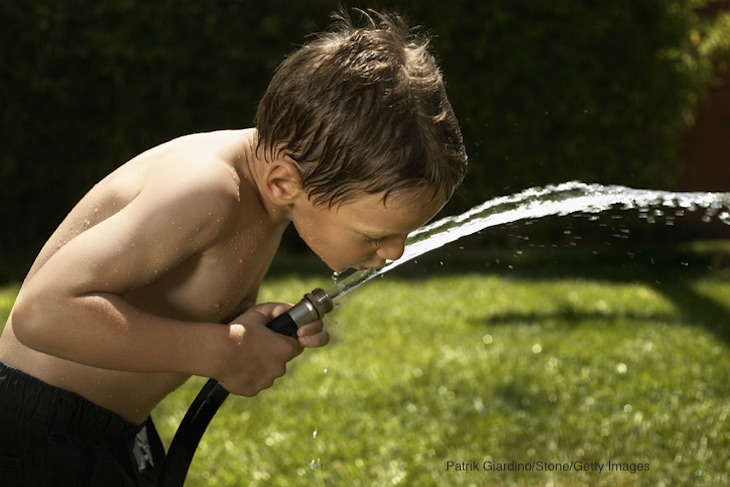An E. coli outbreak in Utah County, Utah has sickened at least eight people. Five of those people have been hospitalized because they are so sick. Two of the cases have confirmed E. coli O57:H7 infections. All patients are residents of Lehi City in that county or have close ties to the area, according to Lehi City officials. A three-year-old girl is one of the hospitalized patients according to news reports.

While epidemiologists are working to find the source of the infection, preliminary results indicate that using pressurized irrigation water for drinking and play may be the source of the pathogen. Mark Johnson, Mayor of Lehi City, said in a statement, “This is a critical situation, and I am concerned for the public. I want residents to be aware that pressurized irrigation water should not be used for anyone to play in. No one should drink irrigation water that comes to their home.”
Irrigation water is intended for use on crops and lawns. It is untreated and may contain harmful pathogens, including E. coli. Irrigation water should not be used to fill pools, bounce houses, or slip-n-slide play equipment, because children can swallow that water while playing. Many experts also warn against drinking water from garden hoses because the water can also contain pathogens.

The Utah County Health Department, the Utah Health Department, and the City of Lehi are all gathering water samples to investigate the source of the bacteria.
Irrigation water is considered a factor in other outbreaks over the years. This water is primarily used to irrigate crops and, when cattle or other ruminant animals are nearby, their feces can get into that water along with the pathogens it can contain.
In 2021, a Salmonella outbreak linked to red onions was probably caused by contaminated irrigation water. In several E. coli O157:H7 outbreaks linked to romaine lettuce, irrigation water in the form of runoff was likely the source of the pathogen. These outbreaks are linked because the same strain caused illnesses in several of them, the lettuces were grown in the same areas of Yuma Arizona or central California, and the outbreak strain was found in an irrigation canal. Environmental groups are working to protect waterways from factory farms, which can generate tons of feces from the animals that are housed there.




